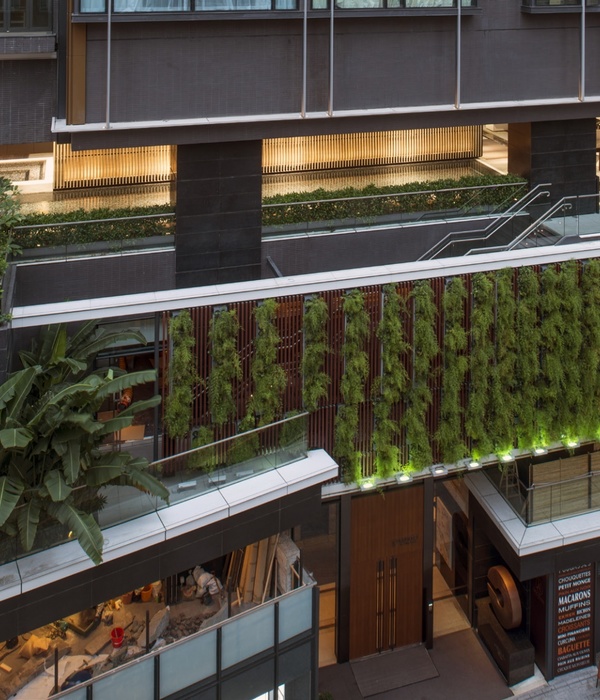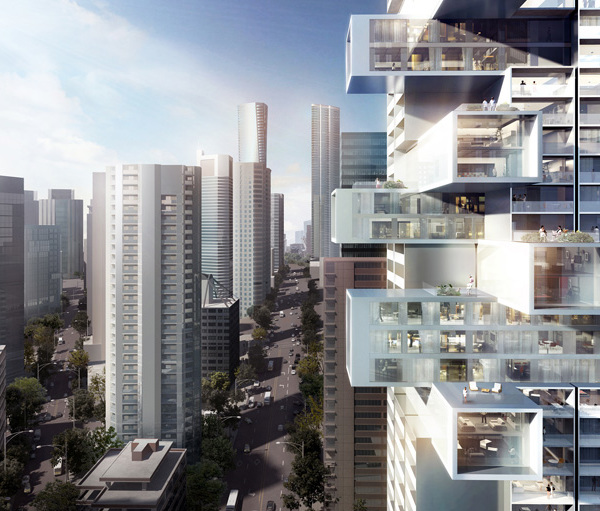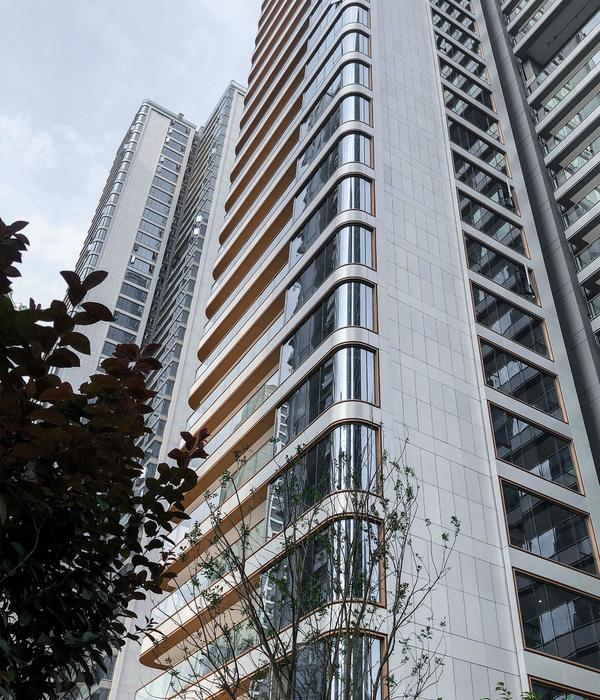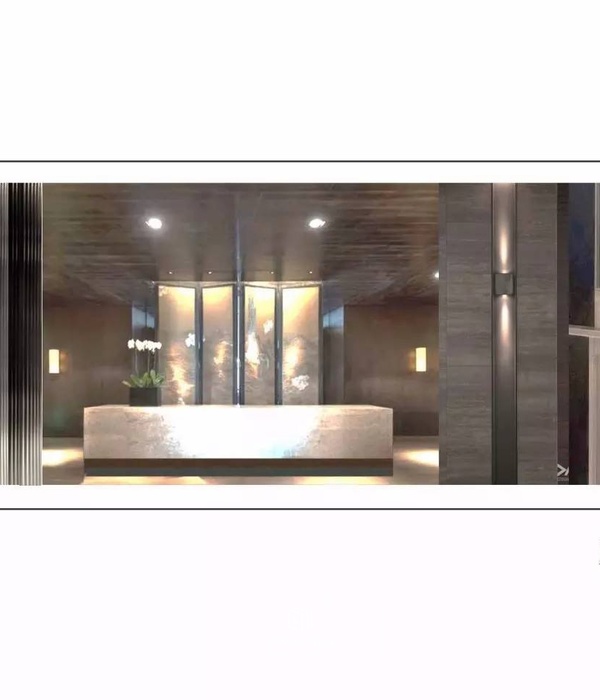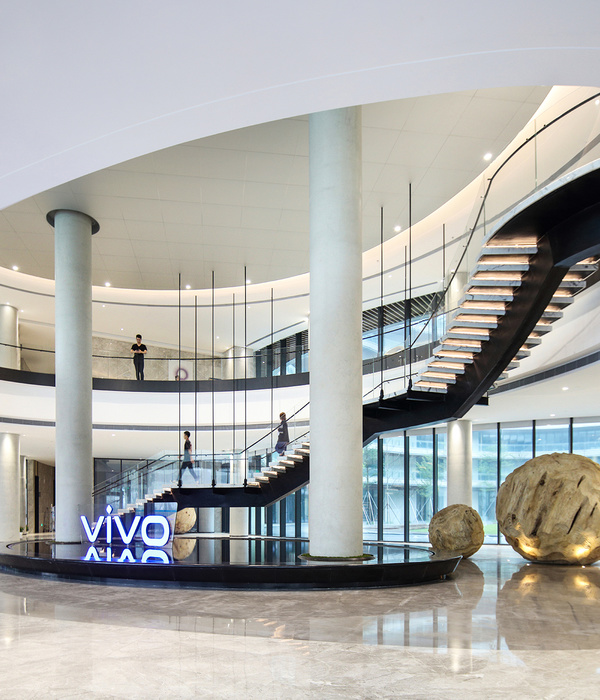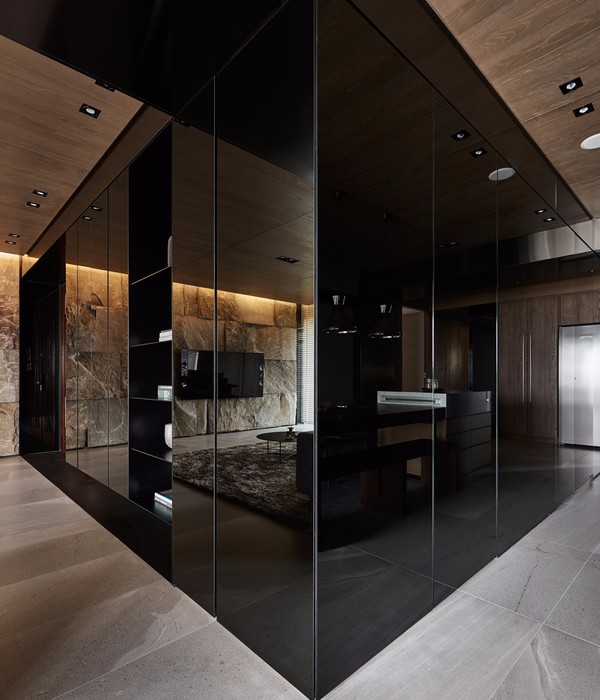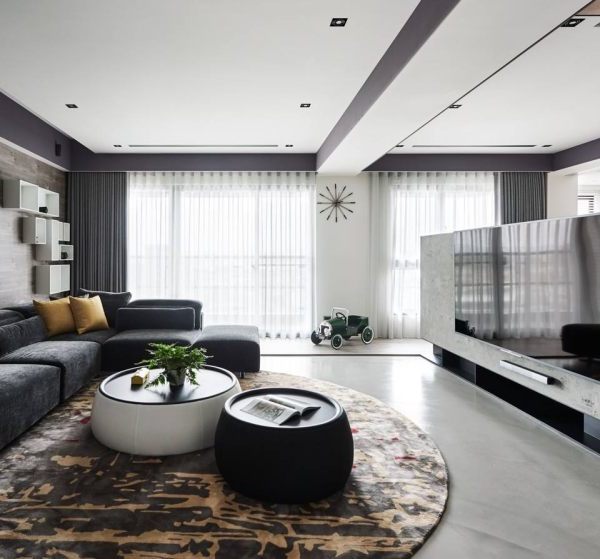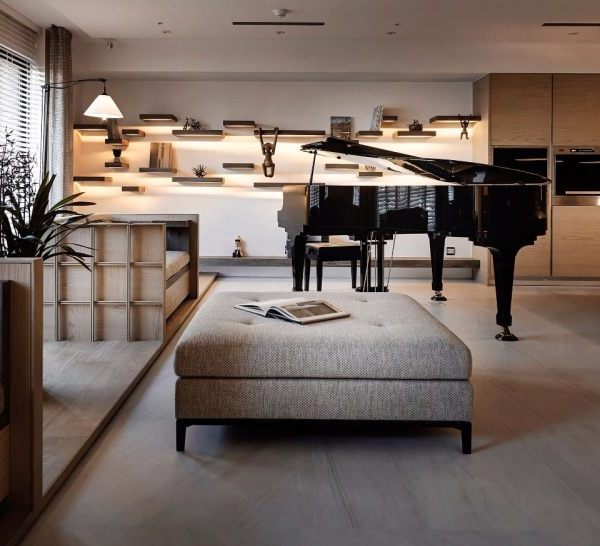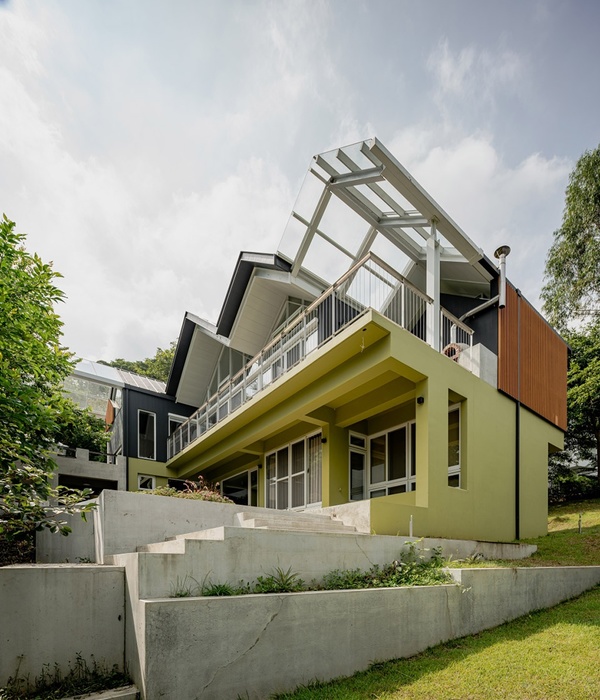Firm: Fem architects
Type: Residential › Private House
STATUS: Built
YEAR: 2023
SIZE: 3000 sqft - 5000 sqft
BUDGET: $1M - 5M
How to make two semi-detached homes as sustainable, circular and future-proof as possible? The client, a starting contractor, wants to revolutionise the traditional construction process by using eco-friendly materials and innovative methods. They also have high ambitions for the semis’ architectural appearance, spatial quality and home comfort.
The semis are conceived as a clear and sculptural volume. An asymmetrical roof provides a characteristic contour. Concealed gutter and drainpipe details integrate these into the volume. Window openings appear to be cut out. The façades have a strong vertical articulation due to their composition and their materialisation in open bamboo cladding. Two sturdy dormers in the front façade add to this verticality. The asymmetrical façade layout contributes to the volume’s dynamic appearance. Extensions on the side façades are integrated into the architecture, echoing the main volume.
Sustainability is central to the design. Biobased materials with the lowest possible environmental impact are used whenever possible. The construction phase is carbon negative. Over 120 tonnes of carbon is stored in the structure, much more than is emitted during production and construction. In addition, all materials and building components are mounted by means of dry connections, so that they can be recycled.
Concrete is only used in the foundation and ground floor. All other floors, walls and roofs are made of Cross Laminated Timber (CLT). Wood fibre insulation is used for the façades and roofs. A subfloor system on all floors allows for easy adjustments to utility pipes in the future. The semis are finished with high-grade materials, which are and remain beautiful.
Great care was given to the architectural detail. The material palette harmoniously combines ‘soft’ and ‘hard’ materials. The bamboo cladding is invisibly attached and has a slender verticality. Deep Tricoya frames in the reveals accentuate the window openings and give depth to the façade. Shutters provide a subtle layering to the rear façade. Slim zinc eaves frame the standing seam zinc roof’s subtle interplay of lines. Solar panels are hiddenly mounted on the zinc standing seam, and skylights are incorporated in this PV system. Sedum roofs on the two extensions are a natural eye-catcher in the large rear roof plane.
The interior is spacious and bright due to the large windows, the open staircase and a void on the south façade. The solid wood interior walls, floors and roofs set the atmosphere in the house. Clear and carefully designed details outline the staircase, aiming to maximally allow light and space to flow freely. Floor-to-ceiling stair railings in elegant bar steel accentuate the height.
The open concept living room wraps around a central entrance. The first floor layout is more secluded and accommodates three bedrooms and a bathroom. The second floor houses a loft bedroom with freestanding bath. The extension has its own entrance and toilet, so it can be used independently from the main house. It holds a home office, but can also be used as a ground floor ensuite bedroom. Furthermore it incorporates a storage room and a technical room.
The construction process has also been made sustainable in terms of other environmental factors. Prefabrication makes the building process highly efficient, with minimal nuisance, emissions and waste on site. Rainwater is buffered in the sedum roofs and in a gravel strip around the houses. The sedum also captures fine particles and converts carbon dioxide into oxygen. The all-electric houses have an energy label A++++ and are Nearly Zero Energy in the operational phase.
{{item.text_origin}}

